The Far Eastern leopard, a majestic and elusive big cat, prowls the dense forests along the border between Russia and China. With fewer than 100 individuals left in the wild, this critically endangered species stands on the brink of extinction. Its survival hinges on the delicate balance of habitat preservation, international cooperation, and the relentless efforts of conservationists.
Known scientifically as Panthera pardus orientalis, the Far Eastern leopard is one of the rarest big cats on Earth. Its striking coat, marked with rosettes and a golden hue, camouflages it perfectly in the temperate forests of the Russian Far East and Northeast China. Unlike its African cousins, this subspecies has adapted to harsh winters, where temperatures can plummet to -30°C (-22°F). Yet, despite its resilience, human activities have pushed it to the edge.
The primary threat to the Far Eastern leopard is habitat loss. Logging, agricultural expansion, and infrastructure development have fragmented its territory, leaving isolated pockets of land where the leopards struggle to find prey or mates. In Russia, the Land of the Leopard National Park was established in 2012 to protect a critical portion of its range. However, on the Chinese side, conservation efforts have been slower to take root, though recent initiatives show promise.
Poaching remains another dire challenge. While the leopard itself is rarely the target, its prey—such as deer and wild boar—are hunted extensively, depleting the food supply. Additionally, snares set for other animals often inadvertently trap or kill these leopards. Anti-poaching patrols and stricter law enforcement have reduced these incidents, but the threat persists, particularly in remote areas where monitoring is difficult.
Climate change adds another layer of uncertainty. As temperatures rise, the composition of the forest shifts, potentially altering the ecosystem in ways that could disadvantage the leopard. Some scientists worry that increased competition with other predators, like the Amur tiger, could further strain the leopard’s chances of recovery. Yet, there is hope. The leopard’s ability to adapt gives conservationists reason to believe that with the right interventions, the species can rebound.
International collaboration between Russia and China has become a cornerstone of conservation efforts. Joint research projects, shared wildlife corridors, and cross-border anti-poaching operations are beginning to yield results. In 2020, camera traps captured images of a young leopard crossing from Russia into China—a rare and encouraging sign that the population might be expanding its range.
Local communities also play a vital role. Conservation programs now work closely with villagers to reduce human-wildlife conflict, offering incentives for protecting the leopard and its habitat. Education campaigns aim to foster pride in this iconic species, transforming it from a perceived threat to livestock into a symbol of regional heritage.
The story of the Far Eastern leopard is far from over. While the challenges are immense, the combined efforts of governments, scientists, and local communities offer a glimmer of hope. If these initiatives continue to grow, the haunting call of this rare big cat may yet echo through the forests of the Sino-Russian border for generations to come.

By /Jun 12, 2025
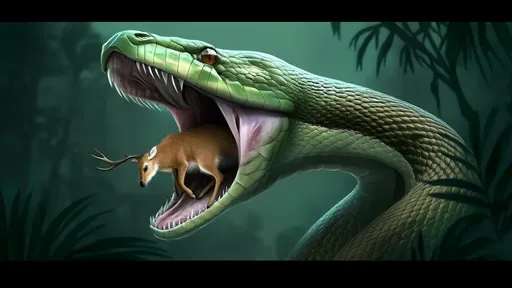
By /Jun 12, 2025
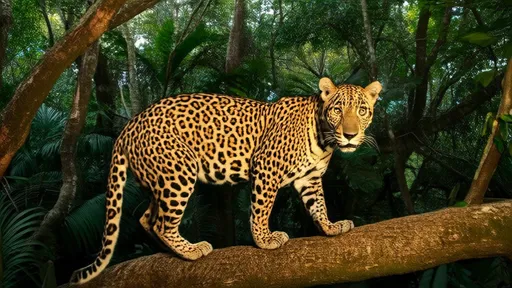
By /Jun 11, 2025
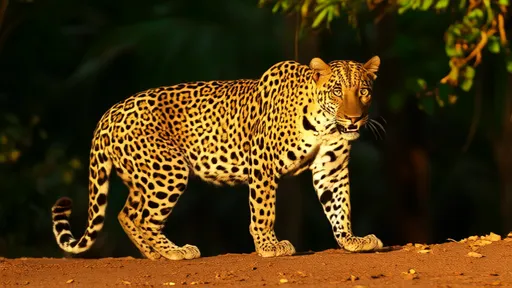
By /Jun 11, 2025
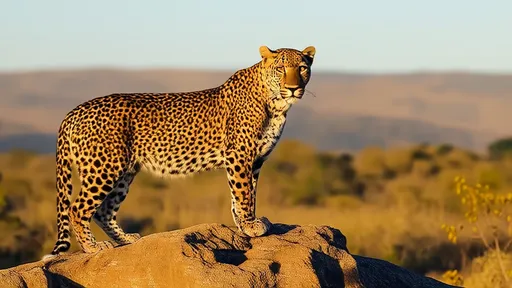
By /Jun 11, 2025
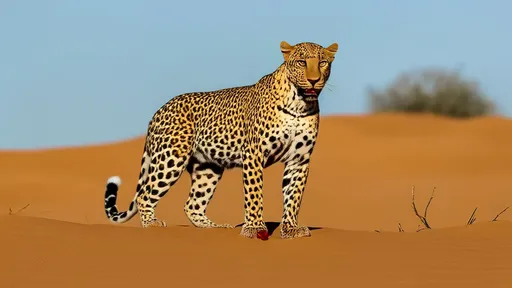
By /Jun 11, 2025
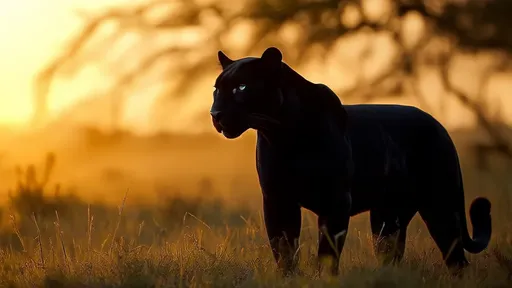
By /Jun 11, 2025
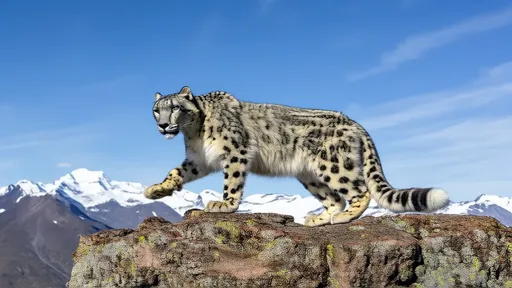
By /Jun 11, 2025
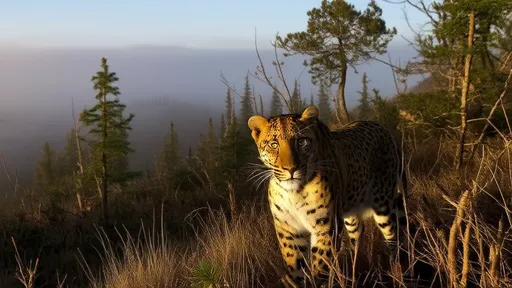
By /Jun 11, 2025
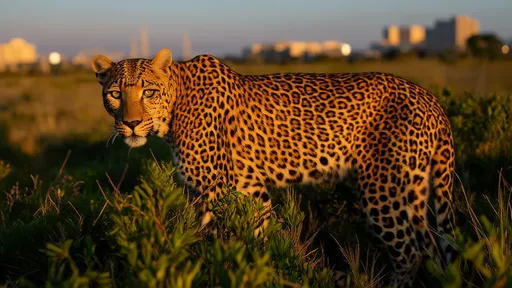
By /Jun 11, 2025
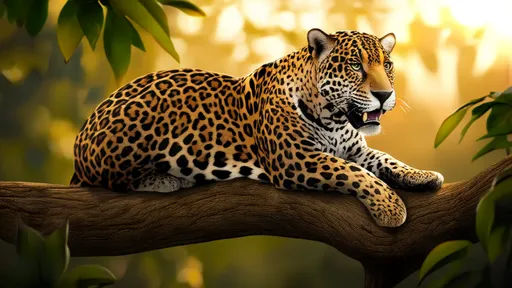
By /Jun 11, 2025
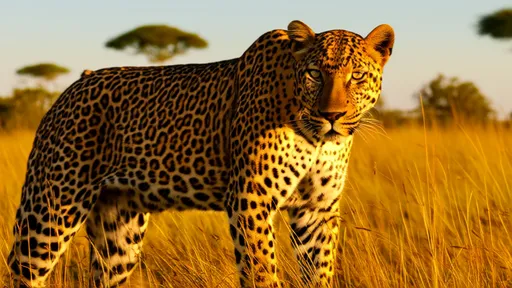
By /Jun 11, 2025
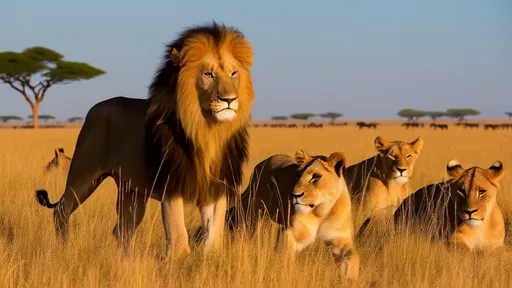
By /Jun 11, 2025
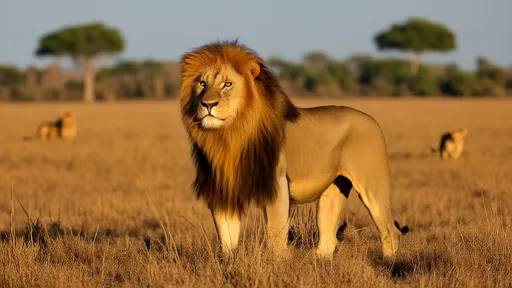
By /Jun 11, 2025
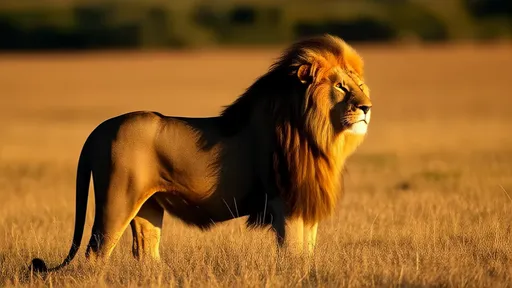
By /Jun 11, 2025
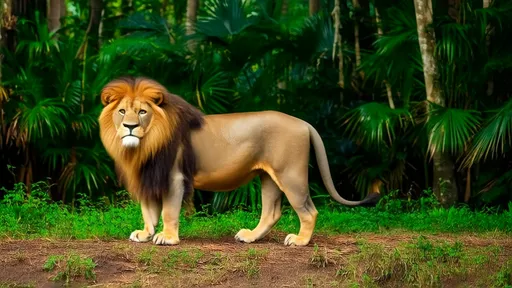
By /Jun 11, 2025
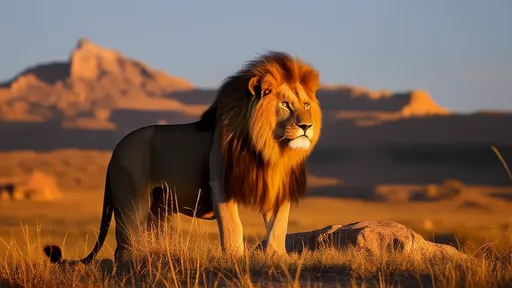
By /Jun 11, 2025

By /Jun 11, 2025
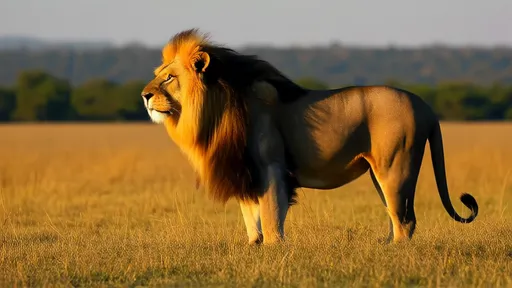
By /Jun 11, 2025
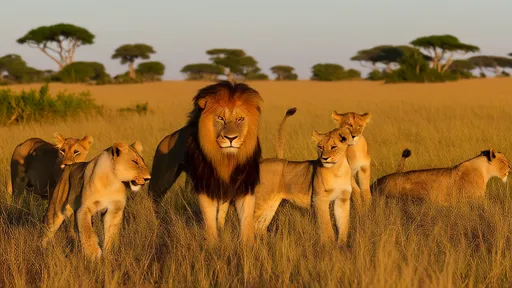
By /Jun 11, 2025